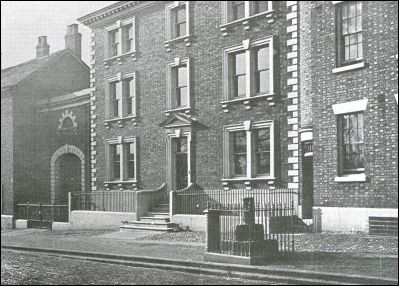|
 

THE story of Mab's Cross goes back to 1322 and is one of the best known of Lancashire legends. It is Wigan's one great link with English literature, for Scott immortalized it by mentioning it in his novels, "Waverley" and the "Betrothal." The tomb of Sir William and his Lady is a prominent feature of the Parish Church, and the crippled cross itself remains near its original site, just off the highway at the top of Standishgate. BRIEFLY, the story tells how Sir William Bradshaigh, a great traveller and soldier, living in the reign of Edward II, married to Mabel Norris, heiress of Haigh and Blackrod, absented himself for ten years in the "holy wars." Lady Mabel thinking him dead, became betrothed to a Welsh Knight, one Sir Osmond Nevill. Eventually, Sir William returned, and hearing the news in advance, decided upon a surprise. Thus he appeared at Haigh disguised as a "Palmer" or "Pilgrim" from the Holy Land. His wife, seeing through his disguise, wept, for which Sir Osmond chastised her. Sir William then revealed himself to his tenants and the intruding knight with his bodyguard fled. Sir William pursued him and slew him in single combat near Newton. For her error, Lady Mabel did penance by walking bare-footed from Haigh to the Cross just outside Wigan, in Standishgate, where the prescribed offices were performed. THE story in its main outline need not be doubted, but the reference to the Crusades necessarily gives rise to the difficulties of chronology. The actual fact, as recently proved by the Rev. T. C. Porteus (See "New Light on the Mab's Cross Legend" by the Rev. T. C. Porteus, M.A., B.D., Wall, 1923) is that Sir William was outlawed for conniving at the death of Sir Henry Bury which occurred in the Banastre rising of 1315. He was pardoned in 1318 when it was shown that he was not guilty, but either he did not hear of it or feared to return till after the fall of Thomas, Earl of Lancaster in 1322 and his favourite Sir Richard Holland. Thus he was absent eight years. The actual cause of his absence is scarcely less romantic than the legendary one and is much more likely to have caused that soreness of spirit which is evident is the legend. |
|